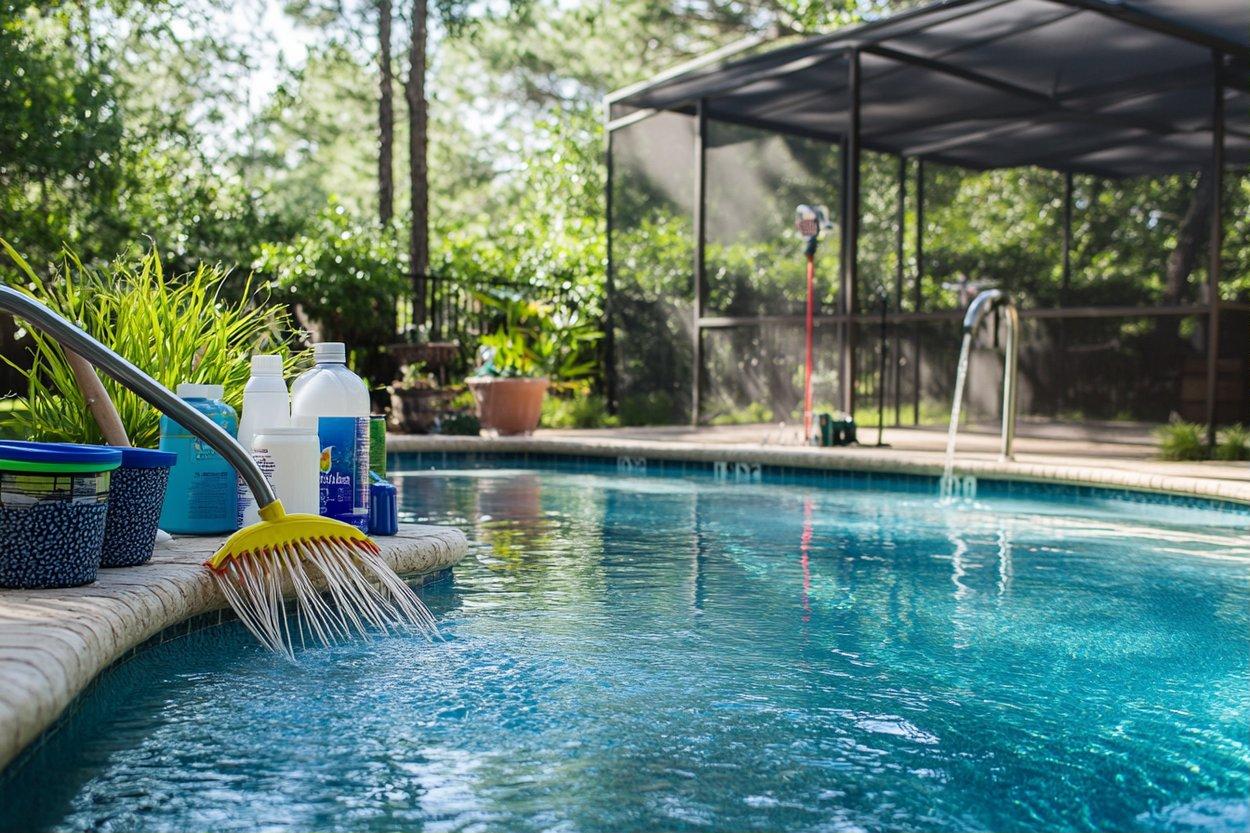Essential Pool Cleaning Guide for a Healthy Swimming Pool
Keeping a pool clean is about more than looks — it protects your family, preserves equipment, and makes your home a more enjoyable place to relax. Regular cleaning, simple chemical checks, and a basic maintenance routine keep the water clear and safe while preventing costly repairs. Whether you own an in-ground or above-ground pool, understanding how filtration, circulation, and sanitation work together will help you spot problems early. This guide explains practical steps, schedules, and safety considerations so you can maintain a comfortable, healthy swimming pool year-round.

How often should you clean your pool?
Frequency depends on pool use, weather, and surrounding environment. As a baseline, skim debris from the surface daily or every other day, brush walls and steps weekly, and vacuum the pool at least once a week. Empty skimmer and pump baskets two to three times weekly during heavy use or after storms. Seasonal factors — like falling leaves or pollen — may require more frequent attention. Proper circulation time (typically 8–12 hours daily depending on pump size) complements cleaning tasks by helping filters capture dirt. A consistent routine prevents algae, reduces chemical use, and extends equipment life.
What does swimming pool maintenance include?
Swimming pool maintenance combines mechanical, chemical, and visual checks. Mechanically, inspect pumps, filters, heaters, and return jets; clean or backwash filters per manufacturer guidelines. Chemically, test pH, chlorine or sanitizer levels, alkalinity, and calcium hardness at least twice weekly; adjust with appropriate products. Visually, watch for cloudy water, scale, stains, or algae. Keep pool covers clean and ensure water level remains near the skimmer intake for efficient circulation. Recordkeeping helps: note test results and service dates to identify trends before small issues become expensive.
How do you keep water balanced and safe?
Balanced water prevents irritation, corrosion, and cloudy conditions. Target ranges vary slightly, but common goals are pH 7.2–7.8, free chlorine 1–3 ppm for residential pools, total alkalinity 80–120 ppm, and calcium hardness 200–400 ppm (for most plaster or concrete pools). Use a reliable test kit or digital tester and add chemicals in small increments, allowing time between adjustments. Shock treatments can clear contaminants after heavy use or rain. Always follow product labels and safety guidelines when handling pool chemicals, and store them securely and dry, away from children and pets.
Can I clean a pool myself at home?
Yes, many homeowners can manage routine cleaning and basic chemical balancing safely. Essential tools include a skimmer net, telescoping pole, brush, manual vacuum or robotic cleaner, and test kit. Learn how to backwash or clean filters and when to run your pump to maximize circulation. However, for complex repairs, advanced chemical problems (like persistent algae or cloudy water), or seasonal openings/winterizing for colder climates, consider hiring trained technicians. Local services in your area offer inspections, deep cleans, and equipment servicing if you prefer professional support or lack time.
What regular maintenance prevents bigger repairs?
Preventive maintenance saves money. Clean or replace filters according to usage and manufacturer instructions to avoid strain on the pump. Check pump seals and hoses for leaks or cracks and keep metal parts lubricated with manufacturer-approved products. Maintain proper water chemistry to prevent corrosion of heaters, ladders, and liners. Inspect pool coping, tiles, and plaster for cracks or loose grout and repair minor issues before they expand. Keep plants trimmed and gutters clear to reduce organic load. Documenting routine upkeep helps technicians diagnose issues quickly and keeps resale value strong.
This article is for informational purposes only and should not be considered medical advice. Please consult a qualified healthcare professional for personalized guidance and treatment.
Maintaining a pool is a manageable mix of regular chores and periodic checks. A steady schedule of skimming, brushing, vacuuming, and water testing keeps the water sparkling and reduces long-term costs. When in doubt about equipment repairs or chemical balancing, seek professional help from reputable local services to protect your investment and health. With consistent attention, your swimming pool remains an inviting, safe feature of your home for years to come.






